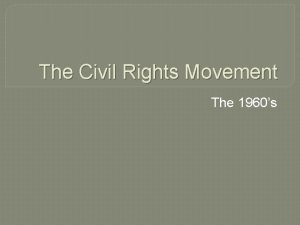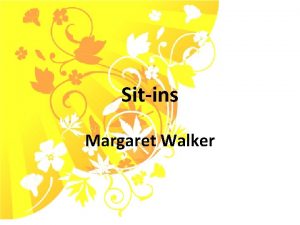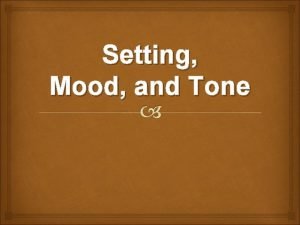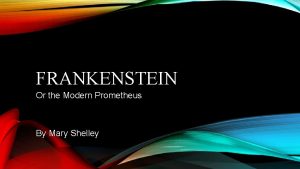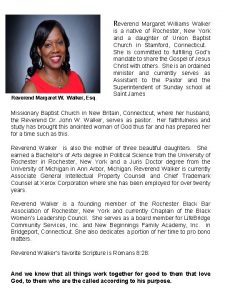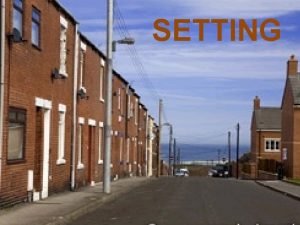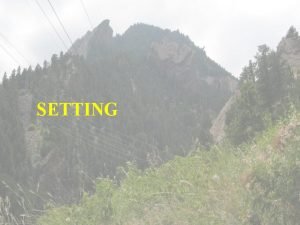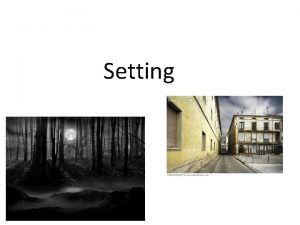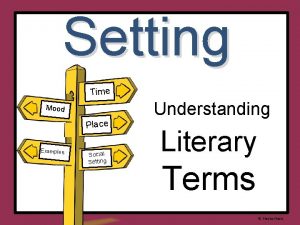Sitins Margaret Walker Time and place setting Sitins









- Slides: 9

Sit-ins Margaret Walker

Time and place setting • “Sit-ins” is set in the south in the 1960’s.

• Until the 1960’s a policy of segregation separated African Americans from other people in schools, restaurants, and other public places. On February 1, 1960, four African American college freshmen sat down at a Woolworth’s lunch counter in Greensboro, North Carolina, and ordered coffee. The waitress refused to serve them. They stayed. Word spread, and daily sit-ins followed at stores in fifteen cities. Protestors were arrested by the carloads, but others took their places. Today, prejudice may still exist in some places, but segregation is against the law.

“Our first brave ones” • The title suggests that they were the people who took part in sit-ins in Greensboro in 1960. later in the poem the writer suggests they were young people. • The names of the young people who participated in the sit–ins appeared in the newspapers, and these young people changed the history of the South. These young people led the country in a new direction – a direction of equality.

• They had so many accomplishments: a. They “defy” the “dissonance of hate” (line 1). • b. They “suffer” without violence (lines 3– 4). • c. They “fling” their names across pages of history • (lines 5– 6). d. They “blaze” a path for justice (line 8). • e. They “awaken” consciences (line 9). • • They were also determined to protest in a peaceful manner. (With your silence…)

• The speaker in “Sit-Ins” describes the young ones, who bring in “new southern history” (line 6), as “bright” (line 5). The light shines on the new history, a history of change. • The first ones “blaze a flaming path” of justice (line 8). The light of their path brings to justice those who have been repressed and treated unfairly.

• With the use of “you” and “your” Walker addresses the people who participated in the sit-ins who show courage, faith, convictions, and intelligence, who were the first to blaze a flaming path for justice and awaken the consciences of the segregationists, who do not want to change old unjust laws (the stony ones).

Theme • This poem is written to appreciate the courage of the people who participated in the sit-ins and to encourage people not to be passive and try to make a difference.

Sit-Ins You were our first brave ones to defy their dissonance of hate With your silence With your willingness to suffer Without violence Those first bright young to fling your names across pages Of new southern history With courage and faith, convictions, and intelligence The first to blaze a flaming path for justice And awaken consciences Of these stony ones.
